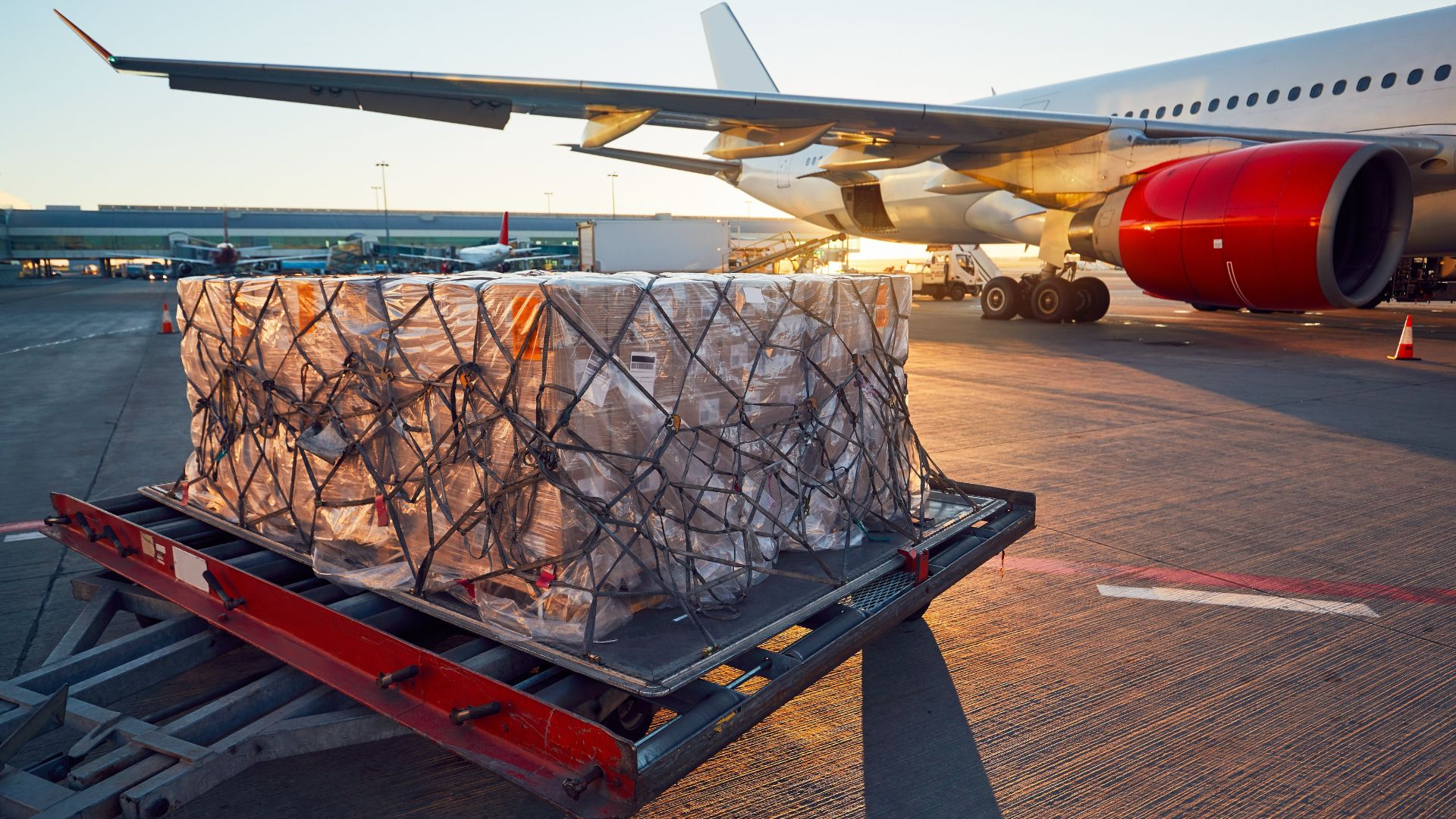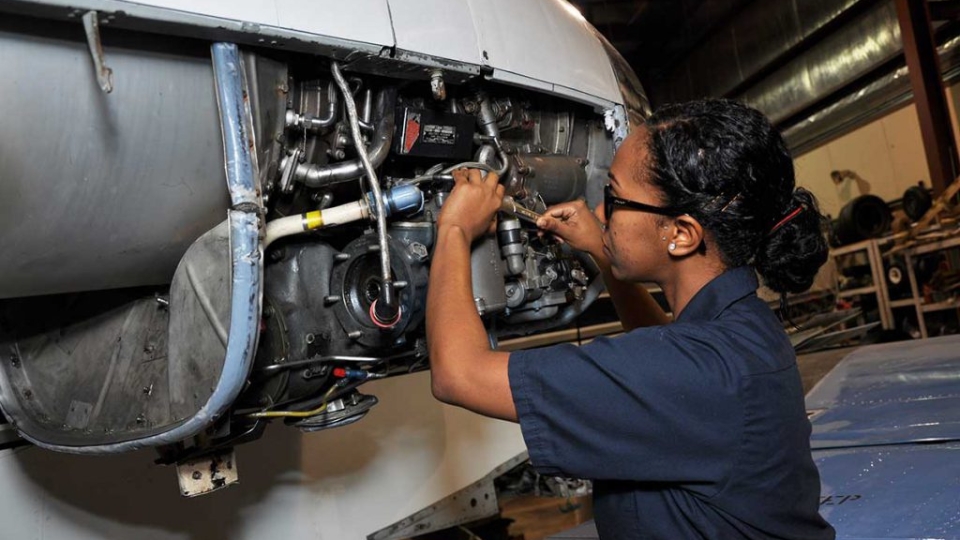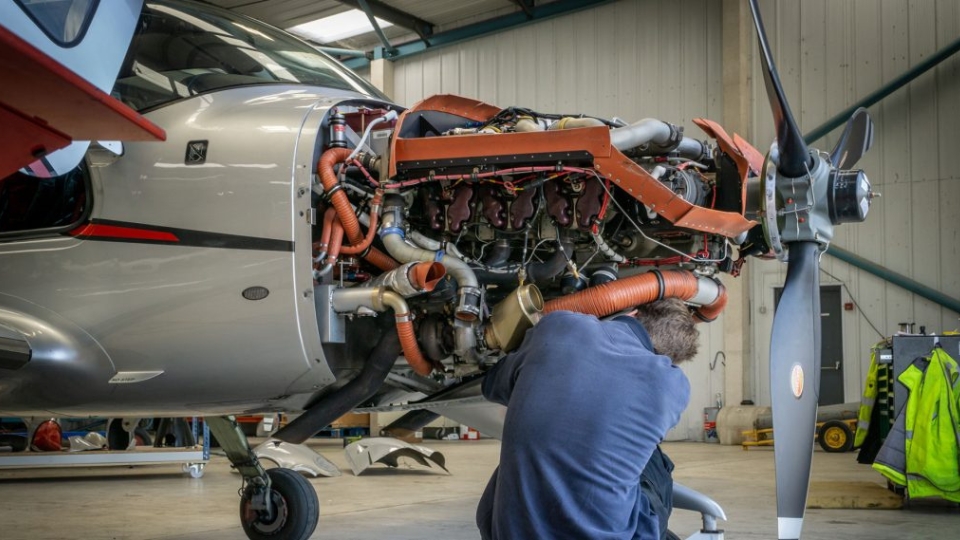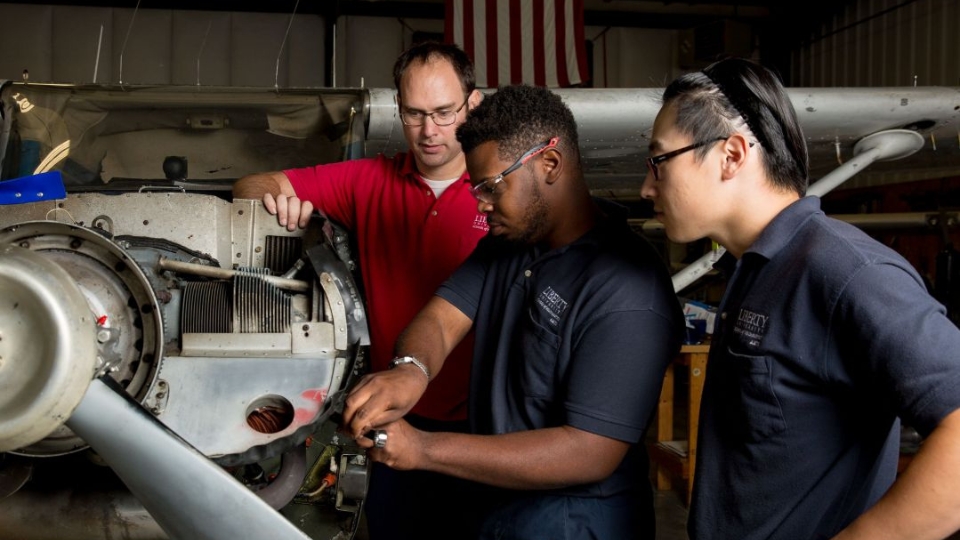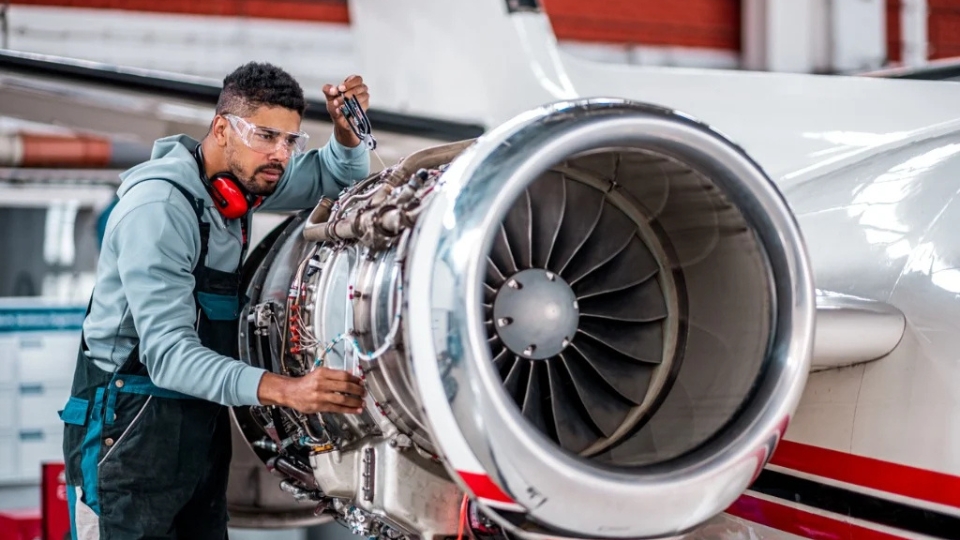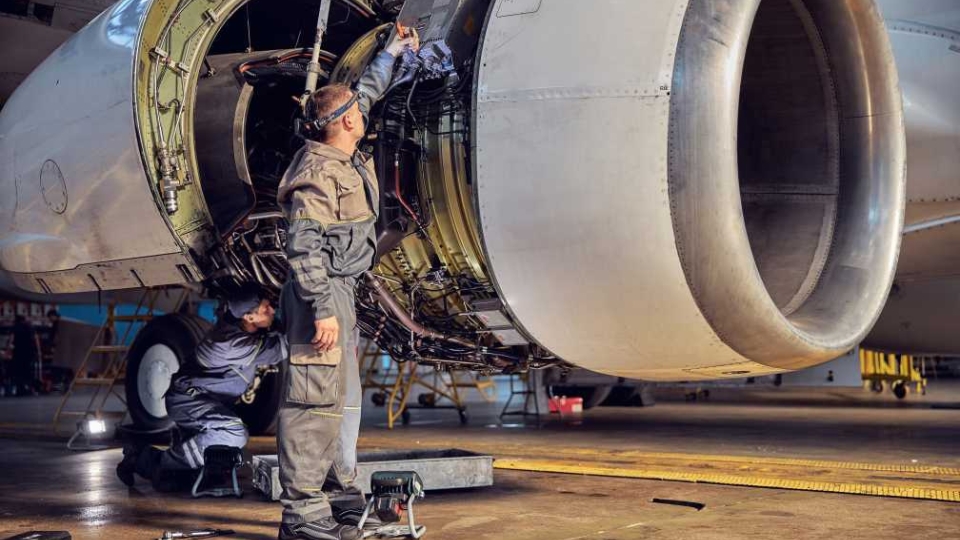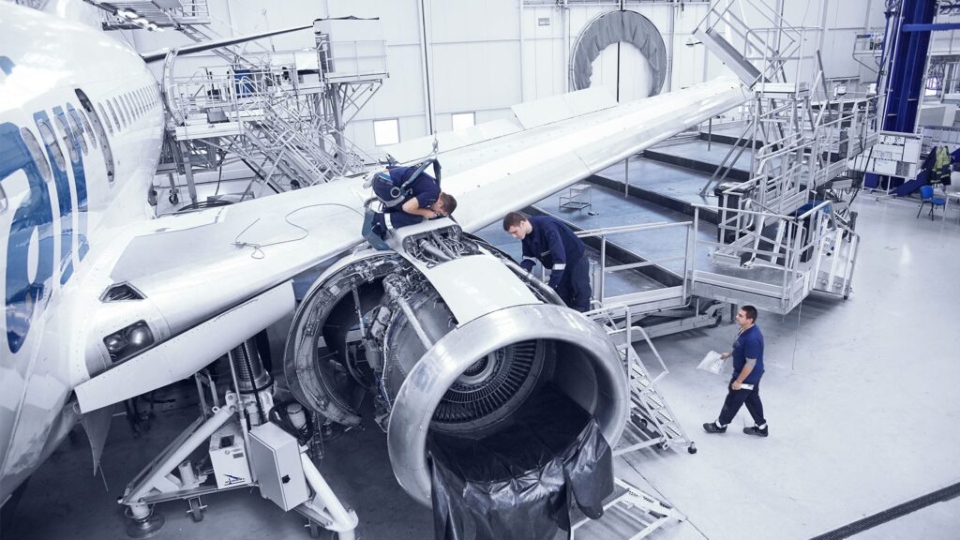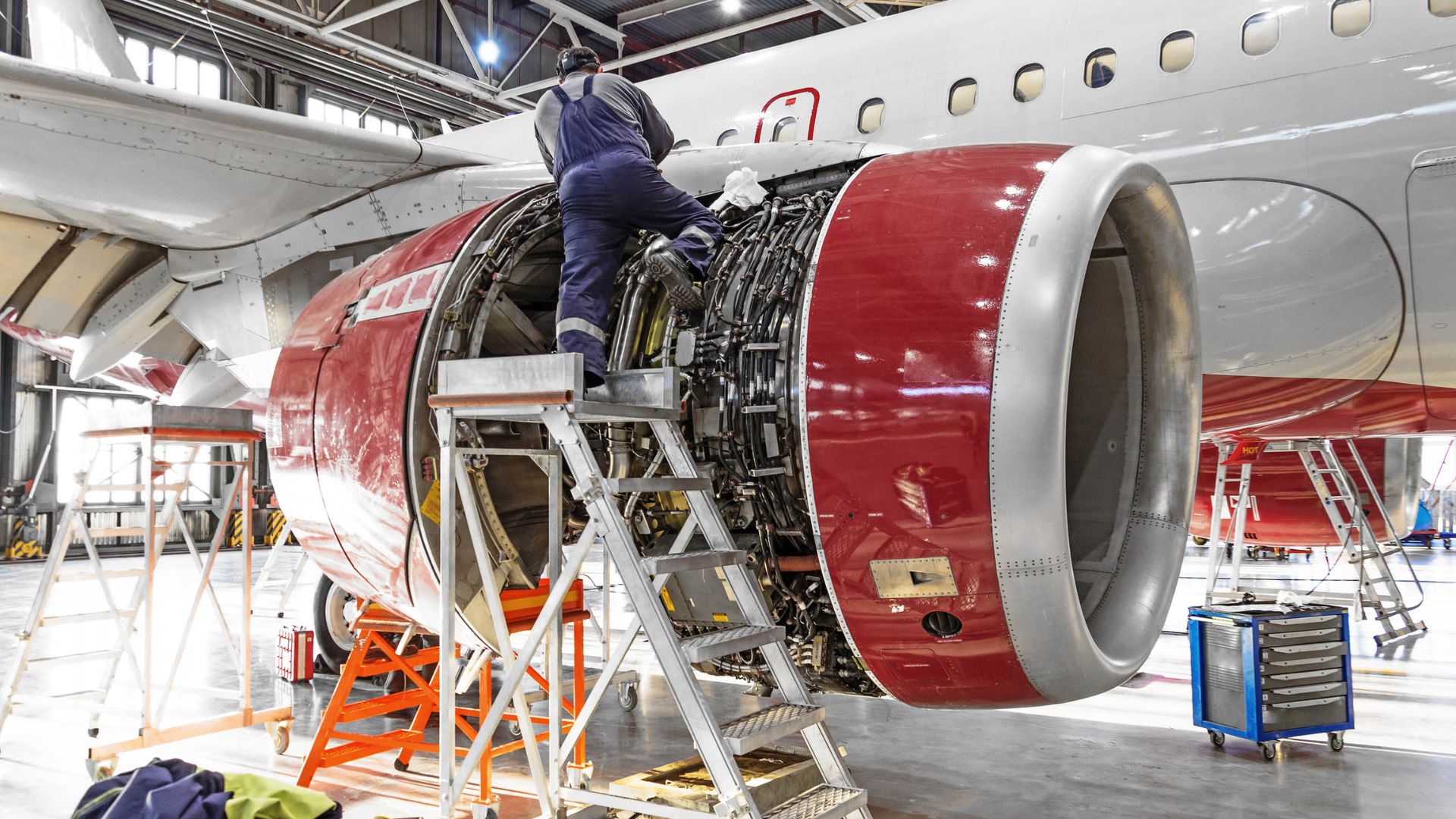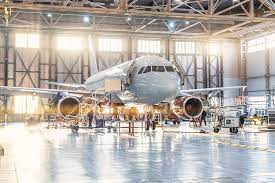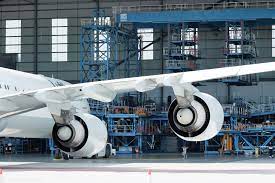In aviation, safety is non-negotiable. While scheduled maintenance keeps most aircraft in top condition, unexpected issues can and do arise. From minor faults on the ground to in-flight system warnings, emergency aircraft repairs are critical moments where precision, speed, and training converge. Airlines have well-established systems to handle these situations and return aircraft to service without compromising safety. Here’s how it all works behind the scenes.
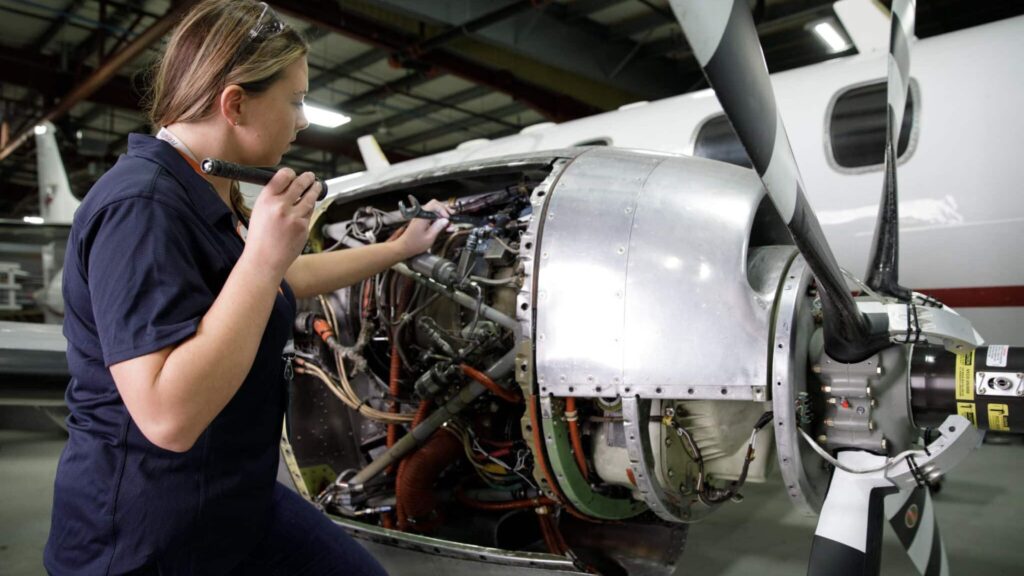
What Qualifies as an Emergency Repair?
An emergency repair refers to any unscheduled maintenance required to fix a defect that could impact the airworthiness of the aircraft. These can include:
-
Hydraulic leaks
-
Faulty landing gear sensors
-
Engine performance anomalies
-
Cracked windshields or bird strikes
-
Avionics malfunctions
-
Cabin pressurization issues
Depending on the severity, some issues must be addressed immediately before the next flight, while others may fall under a Minimum Equipment List (MEL), allowing temporary deferral with operational restrictions.
Rapid Response Maintenance Teams
Most airlines operate with line maintenance crews at major hubs and high-traffic airports. These trained technicians are on standby 24/7 to respond to emergency repair needs.
When an issue is reported—whether by a pilot, onboard system, or ground inspection—these crews spring into action. They:
-
Assess the problem quickly using diagnostic tools
-
Refer to the aircraft’s maintenance manual for approved procedures
-
Determine airworthiness status and if repair is required before departure
-
Execute the repair or defer safely under MEL guidelines
-
Document the fix thoroughly for compliance
In serious situations, the aircraft may be grounded, and a spare aircraft (or “rescue aircraft”) is dispatched to minimize passenger disruption.
Tools and Technology in Use
To resolve emergencies efficiently, maintenance teams rely on:
-
Portable diagnostic systems for avionics and engine systems
-
Borescopes to inspect internal components without disassembly
-
Hydraulic and electrical testing kits
-
Digital maintenance tracking software to check past issues or parts history
-
Tablets or laptops with up-to-date manuals and schematics
Modern tools allow technicians to diagnose and fix problems on the spot, often within tight departure windows.
Remote Support and Manufacturer Involvement
In more complex situations—such as those involving newer aircraft or unique issues—airlines can contact Original Equipment Manufacturers (OEMs) like Boeing or Airbus for remote engineering support. These experts offer:
-
Step-by-step guidance
-
Alternative procedures
-
Technical solutions for hard-to-diagnose problems
This collaboration ensures the repair complies with manufacturer standards and aviation authority regulations.
Maintenance Control Centers (MCC)
Behind every airline’s operations is a Maintenance Control Center (MCC)—a team of experienced engineers monitoring the health of the fleet in real-time.
MCC teams:
-
Analyze data from aircraft systems
-
Approve or deny MEL deferrals
-
Dispatch mobile repair teams to remote locations
-
Coordinate with flight operations, dispatch, and airport services
Their decisions ensure safety while keeping flight disruptions as minimal as possible.
Compliance, Documentation, and Sign-off
Every emergency repair must be fully documented. Licensed Aircraft Maintenance Engineers (AMEs) sign off the repair in the aircraft’s technical logbook and enter the details into the airline’s maintenance tracking system.
This documentation includes:
-
The fault description
-
Corrective actions taken
-
Part numbers and serial numbers (if replaced)
-
Time taken and clearance notes
Passenger Communication and Logistics
If a delay or aircraft swap becomes necessary, the airline’s operations team steps in to:
-
Rebook passengers
-
Arrange hotels or meals (if needed)
-
Communicate delays clearly
-
Minimize inconvenience wherever possible
While safety always comes first, airlines strive to balance urgency with customer care during emergency repairs.
Conclusion
Emergency aircraft repairs are high-stakes situations that demand rapid action, technical expertise, and strict adherence to safety standards. Thanks to well-trained maintenance crews, advanced tools, and global support networks, airlines are equipped to handle these challenges swiftly—keeping passengers safe and aircraft flying.

